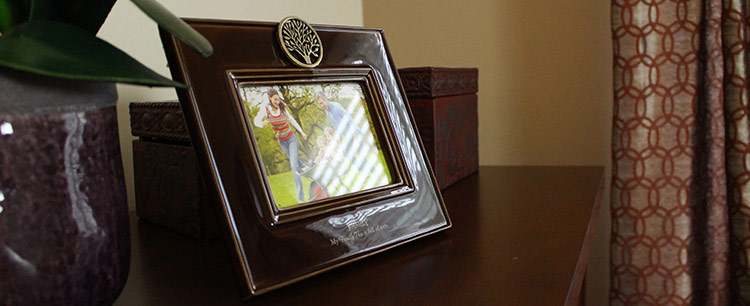While our elderly relatives often realize when it’s time to make a move from a family home into an assisted living facility, they may still be reluctant because the new place just isn’t their home. This is understandable as we all like being somewhere familiar, comfortable and that feels like home.
As this is such an emotional argument that sometimes fights with logic, it’s important, when looking for a facility, to find one that can offer a homey and comfortable environment. Here are some things to consider when looking for somewhere that feels like home.
A Welcoming Entrance
When you first walk in the door of a prospective facility, how do you feel? What do you see? What do you smell or hear? Pay attention to the details and ambiance from the moment you walk in the door. Are you greeted with sterile, tile floor or lush carpets dotting rich wood floors? Are there fireplaces burning and fresh flowers or medical machines? First impressions are important and are often correct. If you feel comfortable when you first walk in, it’s more likely that your loved one will consistently feel at home.
Personal Touches
Sometimes, we want a fresh start. But, for those leaving their homes to move to assisted living, that’s rare. So, if you know it’s important to them to be somewhere that reminds them of home, make sure the place you are moving allows them to bring their own furniture and decorate to suit their tastes. Anything they can do to make their space their own should be encouraged.
Even if the facility provides furniture, find out if it’s possible to replace a piece here and there with favorites from home.. Bring pictures, books, and as many personal memorabilia as possible and encourage your loved one to decorate for holidays just like they would have at home.
Space for Family
Facilities that offer areas to entertain family and make it easy for friends to visit will echo a home environment more than those that don’t. Public spaces with plenty of seating are great, but so are private rooms that can be reserved and that mirror a dining room setting with a large table and small touches like fancy dinnerware. Also, personal living spaces with more than one room and a clearly separated living and sleeping space will make it easier and less awkward to invite visitors into their space.
Check for “Age in Place”
Once a loved one is comfortable in their new community, you don’t want them to have to move again if their age, mental status or anything else changes. Look into facilities that have the capability to take care of your loved one for the rest of their life, no matter how their health changes. Many places have multiple facilities that allow for this, some that are meant for the more independent and another, separate building that provides more extensive health and mental care, including hospice. “Age in Place” facilities be great options for those that are reluctant to move in the first place and won’t want to make another, drastic change if their status changes.
Choose the Timing
By making the change under their own terms and at a pace you have both decided on, your loved one can slowly get used to the idea of a move. But, if a move is made because of a fall or sudden health change, it could be abrupt, requiring your loved one to be home one day and in a facility the next, with no warning and no preparation. This can be hard mentally and emotionally and lead to a slower recovery time. Watch for small signs that it may be time to consider a move and introduce the idea before circumstances force it.





